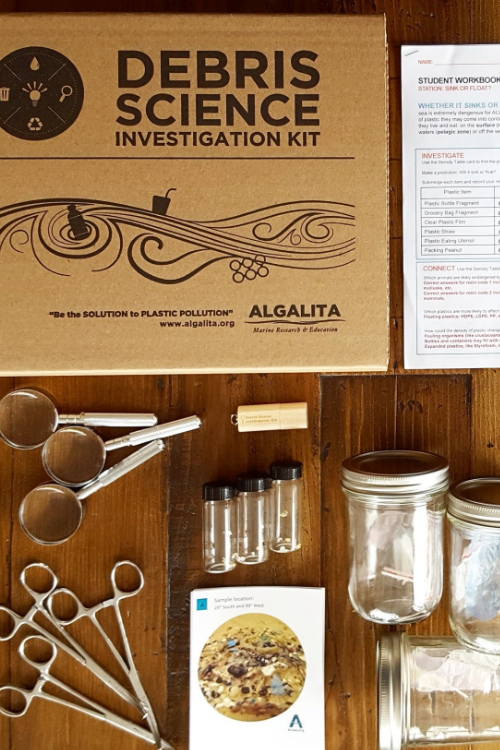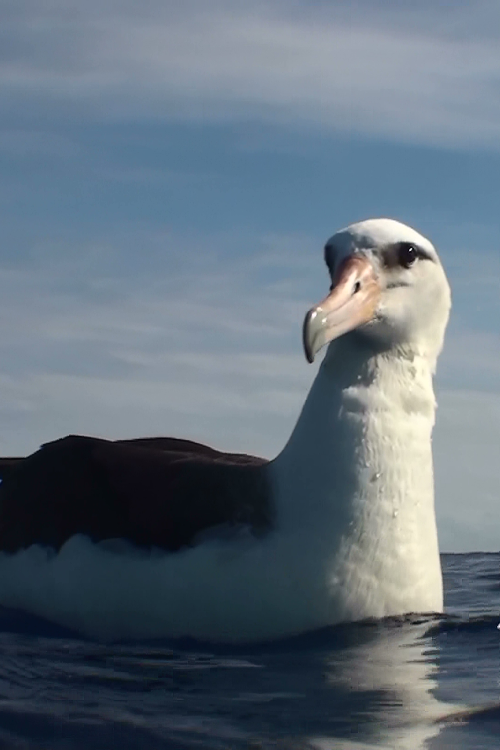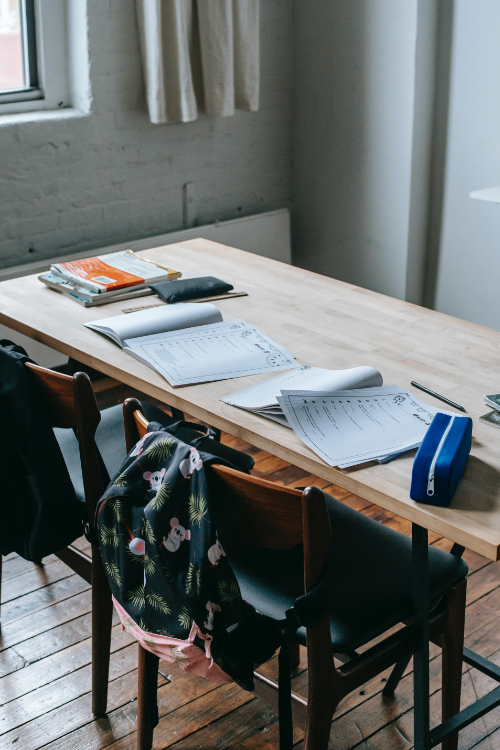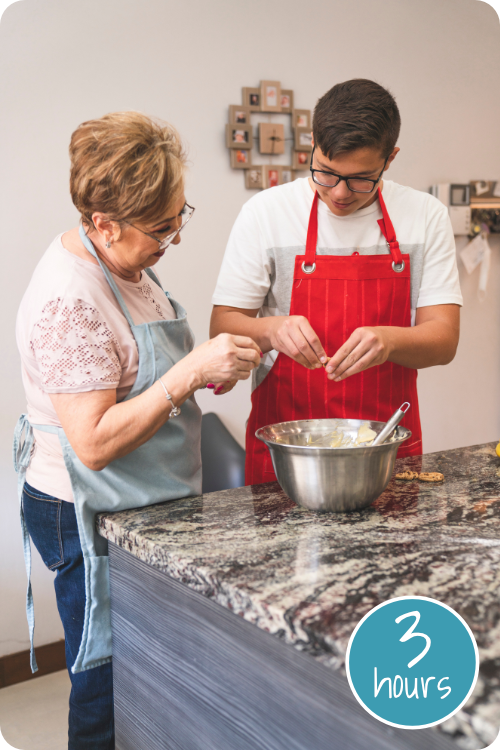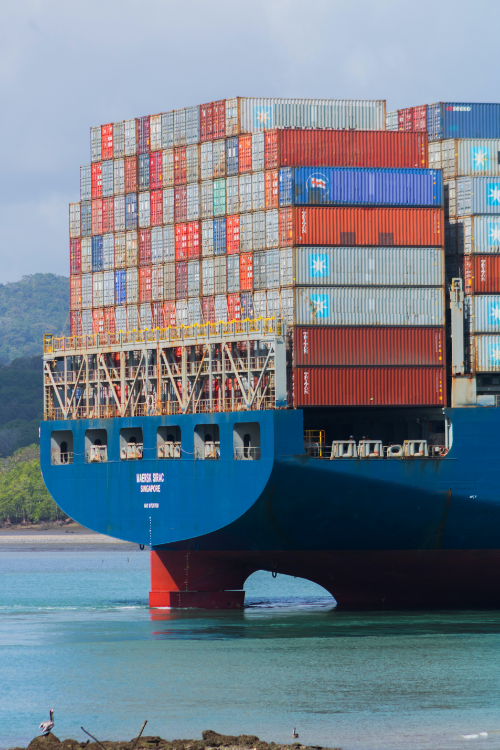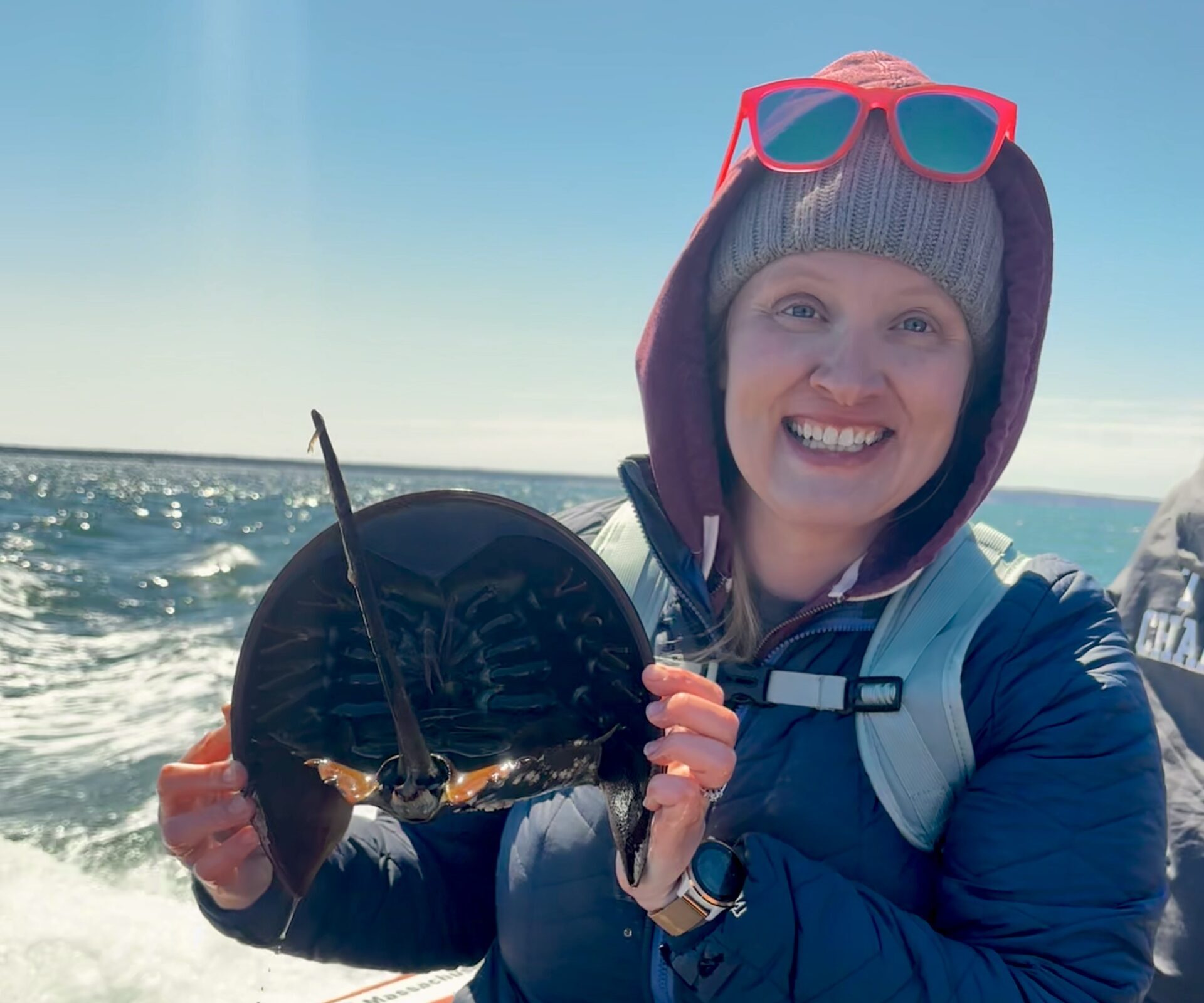Lesson

Photo Credit: Algalita
Discuss the consequences and benefits of plastic for human societies, using Think Pair Share cooperative learning.
Grades 4 and up
Time Needed 30 minutes
Standards Next Generation Science Standards MS-PS 1-3
Subjects Science, Social Science, Human Impacts on the Environment, Synthetic Materials
Materials
– Post-its or whiteboards and markers
Summary
This lesson is a quick introduction to the issue of plastic pollution and has students connecting this issue to their personal experiences in a neutral way by thinking about both the positives and negatives. This lesson can be used on it’s own or together with another lesson. Good as an exit ticket too.
Core Activity
- Screen our 6 minute intro-video that covers the basics of the issue of plastic pollution.
- Use 1 or more of our question prompts for a Think, Pair, Share activity.
Purpose and Context
Plastics have become an important part of our daily lives. Early on, when synthetic polymers were first being invented in the first half of the 1900s, people considered them to be miracle materials. This is because they could be molded into and dyed any shape and color but they also had properties that natural materials like wood, metal, and glass didn’t have. Over the years, the flaws of plastic were gradually uncovered. Now, we wonder how people thought it could ever be a good idea to make a polymer that nature can’t “digest.”
As we come up with solutions to the plastic problem, we will need to develop alternative materials, processes and systems that keep human and planetary health in mind. We’ll also need to make sure that the solutions are accessible and affordable for everyone. And on top of that, we’ll need to think ahead about the problems our solutions might create in the future.
Instructions
Prepare
Watch the introductory video, and set up the video to screen in class. Gather materials you’ll need: Post-its OR whiteboards and markers.
In Class
- Screen this 6-minute introductory video about plastic pollution. Together as a class, read the content shown below the video.
- Group students into pairs for the Think Pair Share activity.
- Think Pair Share: Introduce one of the questions below. Give students 1 minute to think about their response. Then give students 2 minutes to talk with their pair about their responses. Have students write their responses on post-its or their whiteboard to prepare to share with the class. Have pairs share their responses by putting their post-its on the board (grouping similar responses), by holding up their whiteboards, or by sharing out loud.
Questions for Think Pair Share
- Find a plastic object in the classroom. How does it serve a purpose for human use? Could it become plastic pollution?
- What have you learned from sources like the news media, and social media, or friends and family about plastics? Is the source trust-worthy?
- What did you learn in the video about the uses and benefits of plastics? What did you learn about the negative impacts?
- Have you experienced plastics pollution in the environment? How might it be a problem for wild animals? How did seeing litter make you feel?
- Do the negative aspects of plastic outweigh the positives? Explain your reasoning.
Extension
Repeat this activity, or keep adding to it after doing additional activities or lessons on plastic pollution.
Tips and Suggestions
- Guide students to think about not only the personal benefits and consequences they experience in their own lives but to think about society at large as they brainstorm.
Associated Standards
NGSS:
- MS-PS 1-3 Gather and make sense of info to describe that synthetic materials come from natural resources and impact society.
Educator Survey
Data is key. Help us understand how this free resource is being used.
Related Resources
Toolkit: A Plastic Ocean Teaching Kit
Investigate the impacts of microplastics on our oceans with 3 rotating activities.
Grades 5 and up
50 minutes
Lesson: Sources and Sinks
How does plastic get into and impact ecosystems?
Grades 4 and up
30 to 60 minutes
Lesson: Synthetic or Natural?
Contemplate the difference between synthetic and natural materials that make up common items in the classroom.
Grades 5 and up
30 to 60 minutes
Help your students take action with these Wayfinder Society Actions!
Ask Your Elders
Learn about how your elders maximized their resources before the deluge of “disposables”.
Explore more
Plastic Pollution Basics
A quick crash course on plastic pollution and what we can do about it!
Learn more
The Story of Plastic (Animated Short)
A brief introduction to the issue of plastic pollution, produced by Story of Stuff.
Breathe This Air: A #PlasticJustice Film by Peak Plastic Foundation
Learn about a powerful tactic for creating a more just world: listening to and amplifying the stories and solutions shared by people being harmed by plastic production and disposal.

